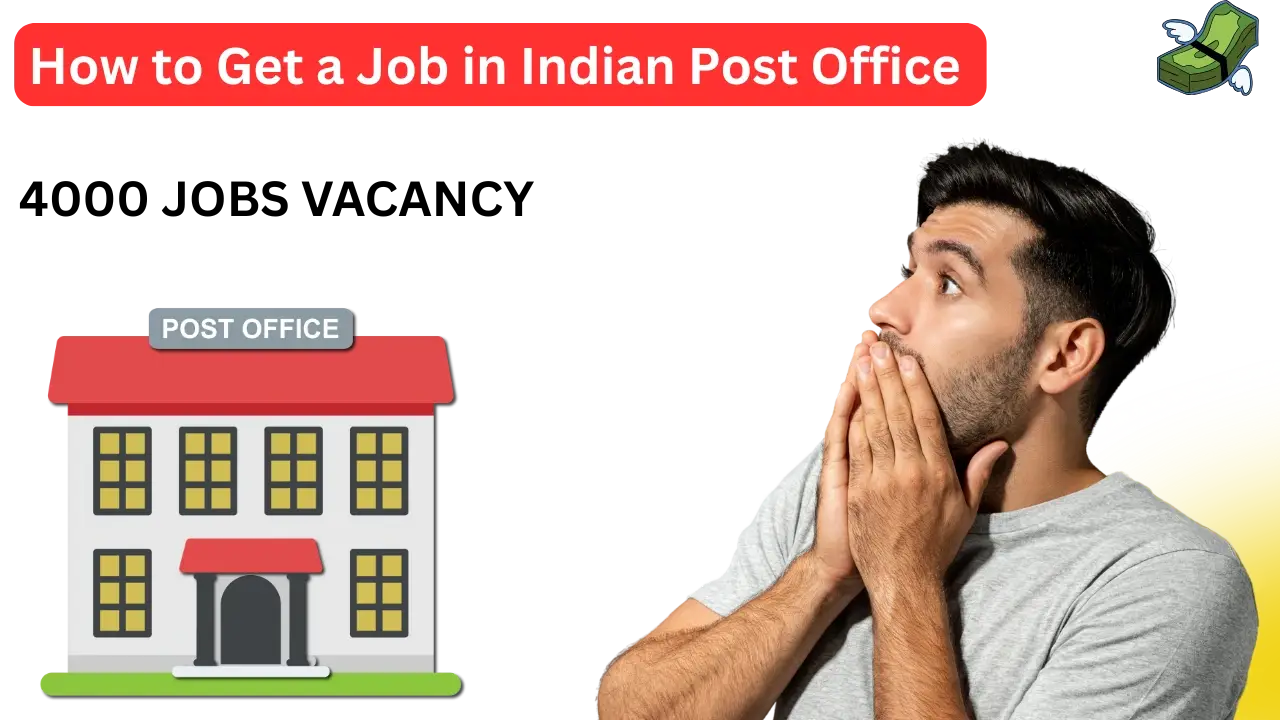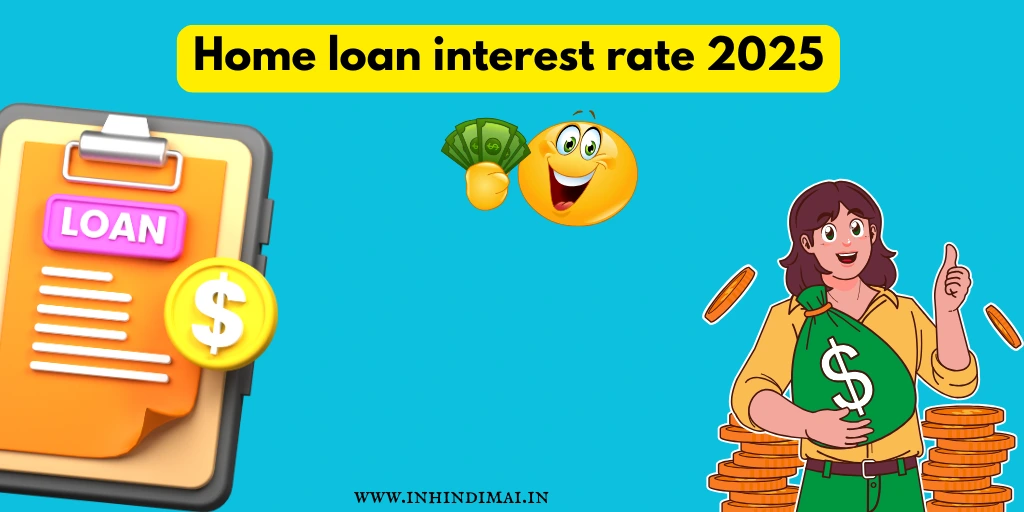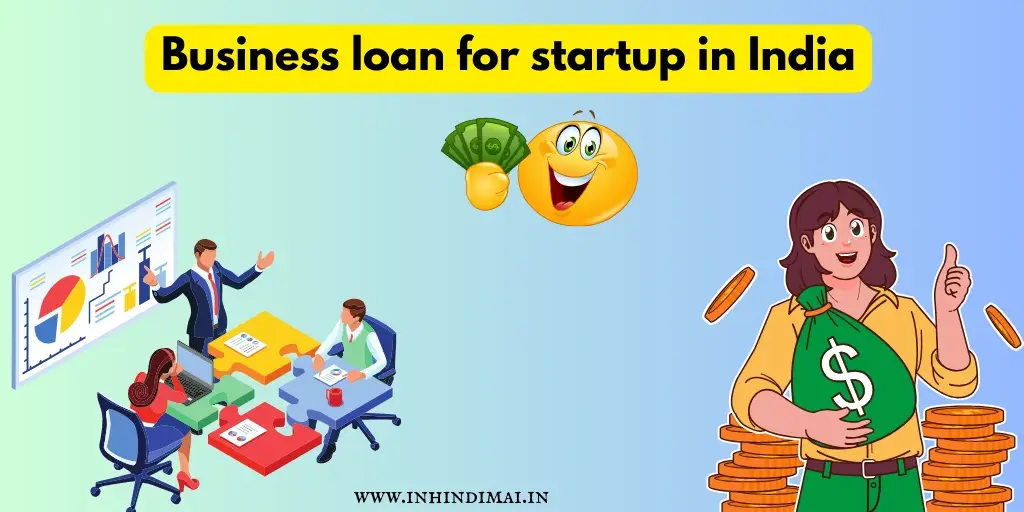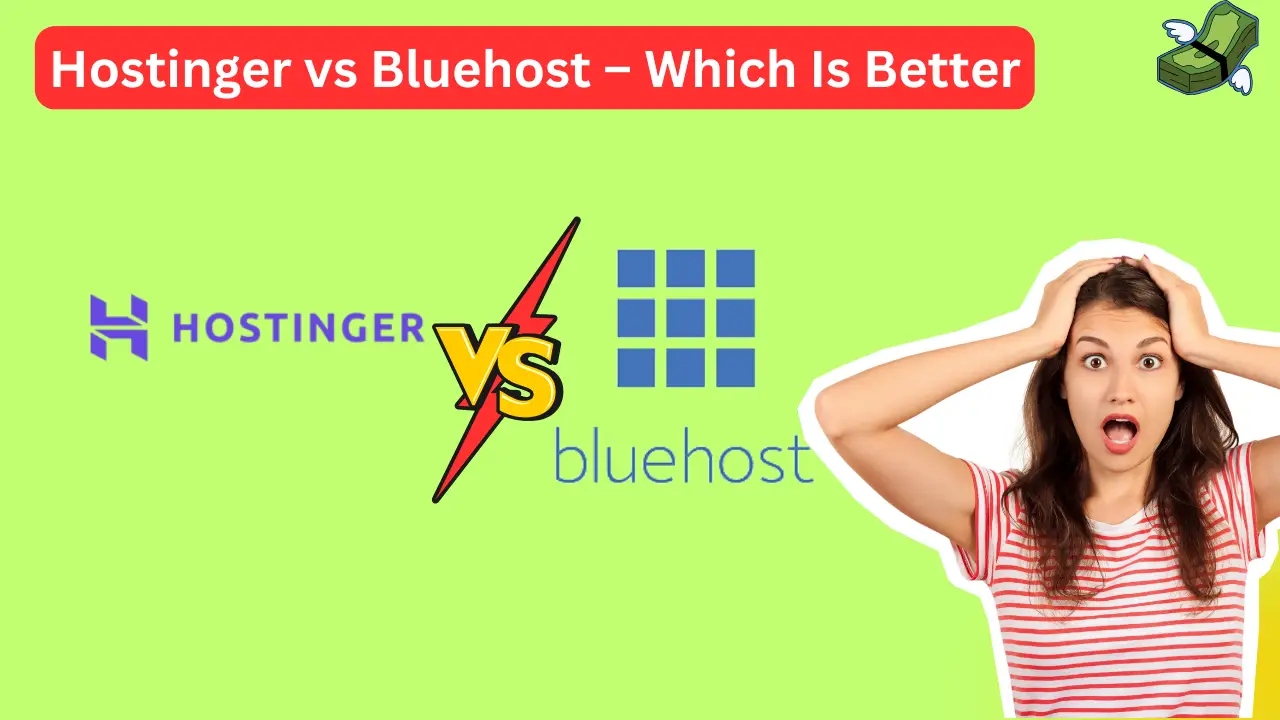Owning a safe, permanent home is more than a financial milestone in India—it is often a family’s proudest inheritance. Yet for millions of low‑income households the dream remained out of reach, trapped between soaring real‑estate prices and informal living conditions. In June 2015 the Government of India launched Pradhan Mantri Awas Yojana (PMAY) to end that gap. Ten years on, the programme has evolved, expanded, faced its share of hurdles, and still stands as the world’s largest affordable‑housing initiative.
Below is a ground‑up, jargon‑free explainer that walks you through every facet of PMAY—rural and urban wings, subsidy math, eligibility, new 2024‑25 budget tweaks, challenges, and the road ahead. By the end you’ll know not just what PMAY offers, but how to actually secure a house or interest subsidy for yourself or the people you serve.
How PMAY Began—and Why It Matters
When the scheme was announced in 2015, India’s urban housing shortage hovered around 1.9 crore units, while in villages nearly every fourth family still lived in a kutcha or semi‑kutcha dwelling. PMAY stitched these two crises together under one policy banner—Housing for All—with a deadline of 2022. The timeline has since been extended (more on that later), but the ambition remains: no Indian family should live in a house that leaks, cracks, or lacks a clean toilet.
What Exactly Does PMAY Offer?
Components Under PMAY‑Urban
- In‑situ Slum Redevelopment (ISSR) – Uses land as a resource; private developers rebuild slums into vertical housing, giving eligible families free units and selling extra FAR in the market.
- Affordable Housing in Partnership (AHP) – State/UT agencies tie up with builders to construct projects where at least 35% homes are reserved for EWS/LIG buyers.
- Beneficiary‑Led Construction (BLC) – For people who already own a plot but need funds to build or enhance a pucca house; ₹2.5 lakh central assistance per unit.
- Credit‑Linked Subsidy Scheme (CLSS) – Reduces your home‑loan EMI through an upfront interest subsidy credited straight to the loan account.
PMAY‑Gramin Benefits
- Unit Assistance: Base grant of ₹1.2 lakh per house in plains and ₹1.3 lakh in hilly or difficult areas.
- 100 days MGNREGS Wage Support: Labour cost partly met through the rural job‑guarantee scheme.
- Toilet Grant: ₹12,000 per household under Swachh Bharat Mission for toilets if not yet built.
- Direct Benefit Transfer (DBT): Money lands directly in the beneficiary’s bank in three instalments, each geo‑tag verified via the PMAY‑G mobile app.
Eligibility Checklist (Urban & Rural)
- First‑time Home Buyer: Neither you nor any family member can own a pucca house anywhere in India.
- Income Slab: Must fit the CLSS bracket (urban) or fall under the Socio‑Economic Caste Census deprivation criteria (rural).
- Age: At least one applicant must be 18 years or older.
- Property Size: Carpet‑area ceilings: 30 m² (EWS), 60 m² (LIG), 160 m² (MIG‑I), 200 m² (MIG‑II).
- Location: Property must be within statutory town limits (PMAY‑U) or a recognised rural gram panchayat (PMAY‑G).
- Aadhaar‑PAN Link: From Oct 1 2024 a valid Aadhaar is mandatory; enrollment IDs are no longer accepted.
Step‑by‑Step Application Guide
Urban (CLSS / BLC / AHP / ISSR)
- Self‑Assessment: Visit pmaymis.gov.in → “Citizen Assessment” → choose relevant option.
- Aadhaar Verification: Enter your 12‑digit Aadhaar; system cross‑checks details.
- Fill Form: Basic info—name, family size, income, housing status, disability (if any).
- Choose Component: Tick CLSS if applying via bank; else BLC/AHP/ISSR depending on land ownership.
- Upload Proofs: ID, income certificate, land documents (if BLC), bank passbook.
- Save & Print Acknowledgement: Keep your application/reference number.
- Track Status Online: Use your Aadhaar or application number.
Rural (PMAY‑G)
- Name in SECC List: The gram panchayat displays the eligible list publicly. Ensure your name and priority number are correct.
- Camps & Mobile App: Officials photograph your existing hut, collect bank and Aadhaar details on the AwaasApp.
- Sanction Order: You receive an SMS and a printed sanction letter with a QR code.
- Open Bank A/C & MGNREGS Card: Necessary for DBT instalments and wage component.
- Start Construction: First instalment lands; subsequent tranches follow geo‑tagged verification.
- Convergence: Ask local officials for toilet, LPG, and electricity linkages—available through parallel schemes.
Budget Outlay & Latest Extensions
Union Budget 2025‑26: ₹1.02 lakh crore allocated to Housing & Urban Affairs; PMAY‑U claims the lion’s share at ₹63,000 crore.
Cabinet Approval (Feb 2025): PMAY‑G extended up to FY 2028‑29 to complete an additional 3 crore houses, with ₹2.17 lakh crore central assistance.
Urban 2.0 Framework: Issued mid‑2024; includes rental housing complexes and incentivises green building materials.
Impact So Far—Numbers & Human Stories
PMAY‑U: 1.19 crore houses sanctioned; 78 lakh completed; 14 lakh under various stages.
PMAY‑G: 3.34 crore houses sanctioned out of 3.79 crore target; 2.94 crore completed.
Employment: Ministry estimates ~58 crore person‑days generated through allied construction activity.
Women Empowerment: Over 70 % rural houses are either solely or jointly titled in women’s names, a quiet revolution in asset ownership.
Case in Point: Savita Bai, a widowed farm labourer in Sehore, MP, moved from a mud hut to a two‑room brick house with her name on the patta—obtaining both dignity and collateral for a small dairy loan. Anecdotes like hers underscore that PMAY is more than a statistics dashboard; it is a reputational passport to mainstream finance.
Technology & Transparency Levers
- e‑Awas Dashboard: Real‑time state‑wise progress, fund releases, and geo‑tagged photographs—publicly viewable.
- Direct Benefit Transfer: Eliminates middlemen leakage; each instalment arrives after GPS‑stamped inspection.
- Sat‑Say Satellite Monitoring: Since 2023, ISRO imagery cross‑verifies completion to curb ghost entries.
- Jan Sunwai Portals: Beneficiaries lodge complaints; turnaround targets fixed at 15 days.
Tips to Make the Most of PMAY
- Compare CLSS across Lenders: Not all banks pass on the full benefit immediately; negotiate processing‑fee waivers.
- Club Subsidy with State Grants: Tamil Nadu’s Tamil Nadu Housing Board adds ₹50,000 per EWS unit—double‑dip if eligible.
- Build ‘Core’ House First: In rural areas you may start with one room, kitchen, toilet and extend later without losing compliance.
- Keep Digital Copies: Upload clear PDFs of Aadhaar, PAN, salary slips; rejections often stem from fuzzy images.
The Road Ahead: Green, Rental, Inclusive
The next phase of PMAY is expected to pivot around three words: sustainable, rental, inclusive. Fly‑ash bricks, rooftop solar, and rain‑water harvesting are earning extra subsidies. Affordable Rental Housing Complexes (ARHC) target migrant workers who need flexibility over ownership. And for the first time, urban slum dwellers who earn up to ₹25 lakh a year—think junior IT engineers—can claim interest subsidy, acknowledging that housing affordability crunch penetrates the middle class too.
With the Cabinet clearing fresh targets up to 2029 and budgets crossing the trillion‑rupee mark, PMAY is far from “mission accomplished.” The next four years will decide whether the dream of Housing for All transitions from policy powerpoint to everyday reality on every Indian street.
Conclusion
From a mud‑walled hut in Bihar’s Sitamarhi to a two‑bedroom apartment in Navi Mumbai, PMAY has already altered the skyline of aspiration. The scheme blends subsidy science with social equity, nudging banks, builders, and beneficiaries to meet halfway. Yes, there are leaks in the pipe—fund delays, land bottlenecks, quality lapses—but the pipeline itself is now laid, transparent, and largely corruption‑proof.
If you or someone you know fits the eligibility grid, don’t wait. Fill the online form, talk to your gram panchayat, or walk into the nearest bank with an Aadhaar‑linked account. A sturdy roof is not charity; under PMAY, it’s a right waiting to be claimed.









